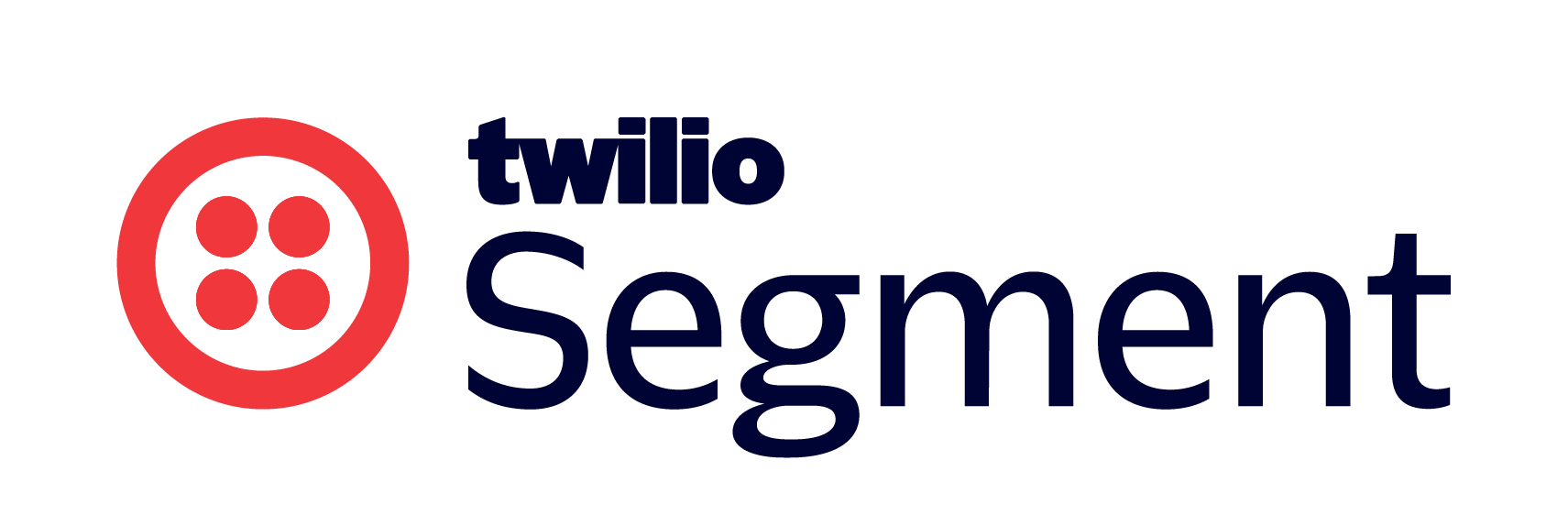Build a campaign to target lookalike audiences based on successful signups on specific channels
Target KPI: Increase New User Signups
Desired Outcome: To increase the number of successful signups by targeting lookalike audiences who exhibit similar behaviors and characteristics to those of existing successful signups. By leveraging data collected from users who have already signed up, the campaign aims to optimize marketing efforts and allocate resources efficiently, ultimately boosting conversion rates and enhancing overall customer acquisition strategies.
---
Step 1: Add the required Sources
In your workspace, add a new prod or dev source for your website and (optional) another for your order processing system. This should be your website where checkout events will be tracked and the system that captures completed orders. These sources will be responsible for collecting the required Track Events and sending them to Segment.
Sign Up or Log In to Segment
First, access the Segment platform by signing up or logging into your existing account.
Create a Source for Your Website
A source in Segment acts as the origin of data you collect, such as user interactions on your website.
- In your Segment workspace, navigate to the Sources section.
- Click the Add Source button.
- From the catalog of sources, select JavaScript (for websites)
- Provide a name for your source, e.g., "i.e. Company Website - Dev or Prod".
- Optionally, add labels for organization
- Enter your website URL
- Click Create Source button
Install the Segment Snippet
After creating your source, Segment will provide you with a JavaScript snippet.
- Copy the JavaScript snippet provided by Segment.
- Paste the snippet into the <head> tag of your site to install Segment.
If you need to add a source for your server, mobile app, or any other touchpoint please refer to the documentation for easy setup
Step 2: Track your events
In order to build this campaign, you'll need to track two key events: 'Page Viewed' from your website and ‘Signed Up’.
- Page Viewed: This event will start sending to Segment once Analytics.js is added to the site.
- Signed Up: Manually add this event to your site (See Spec: Track documentation).
In this example, we're not only tracking events like 'Page Viewed', but also sending additional properties like 'page_category' and 'page_name'. These properties provide important context about the event and can be extremely valuable in your analysis. Learn more about properties.
It should be noted that ‘Signed Up’ should trigger an Identify call because this event allows you to tie a user to their actions and record traits about them i.e., first_name, last_name, user_id. This can further be used for personalized messaging in your signup lookalike campaign.
Only Identify calls can add and update user traits to a profile. For connections-only customers, the Identify event can still be mapped to downstream destinations to create/update user profiles.
Step 3: Add Destinations
Choose where you want to send the collected data—for this use case we recommend using in-app messaging or connecting to a paid media destination like Facebook Ads or Google Ads.
- In your Segment workspace, add a new destination
- Select your preferred tool from the catalog. This destination will receive the data collected by your source and use it according to your needs
Step 4: Test your setup
Ensure your data collection is configured correctly:
- Perform the actions you’re tracking on your development website.
- Check if the events are correctly recorded in your Segment debugger and analytics tool.
The Source Debugger is a tool that helps you confirm that API calls made from your website, mobile app, or servers arrive to your Segment Source, so you can troubleshoot your Segment setup even quicker.
Your data may not show up instantaneously and there may be a delay, but once the data is flowing you are ready to move to the next step.
Step 5: Analyze and activate
With accurate setup and data flow:
- Analyze the data to understand user behavior throughout the signup process.
- Identify users who look like other users that have signed up – for your product, newsletter, subscription etc. – based on their behavior such as which pages or categories were viewed.
- Create personalized ad campaigns to encourage these users to complete the signup process.
- If you need inspiration, look to this guide with nearly 70 examples of ad templates that are designed to convert.
- If you choose to activate this campaign with Facebook Ads, this guide provides an overview of building a lookalike audience.
Final thoughts
Successfully targeting lookalike audiences can significantly enhance your engagement campaigns by focusing efforts on users who are more likely to convert based on the behaviors of your existing customers. Utilizing Twilio Segment's CDP to collect, analyze, and activate data ensures that your campaigns are data-driven and optimized for maximum efficiency. This approach not only improves conversion rates but also helps in understanding customer behavior, enabling more personalized and effective marketing strategies in the future.
Want to discuss this topic with the community? Start a thread in our Discussion Forum.


